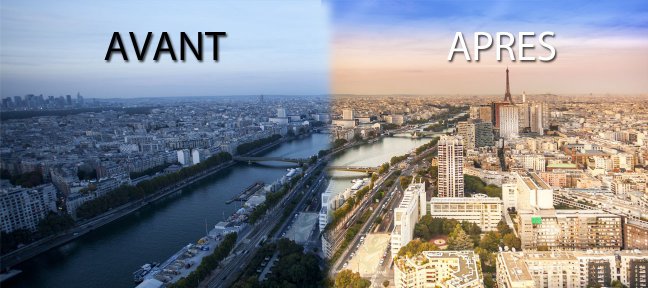

Let's revisit the Preferences to tweak the keyboard shortcuts to add star ratings and color labels. You might be familiar with star ratings, but how about color labels? These are simple color tags that we put on top of an image. Adding some data like a star rating for our favorite images or a color label as a reminder is a great way to keep the keepers at your fingertips. When you have a large image collection, you have to use metadata to make sense of it. To use Photo Mechanic as your go-to photo manager, check out some of the following features.

Many photographers use Photo Mechanic as their photo manager, and an external app to correct and refine the look of an image. In high-pressure, quick turn around situations, this is a great advantage. It loads previews fast, faster than any other program I've used. Photo Mechanic bridges this gap perfectly. The same is true for tools like DxO OpticsPro, RawTherapee, and other otherwise very capable raw-processing suites. It's a fantastic app for effects and correction, but it leaves a lot to be desired for managing an image library. Some of the best photo editing apps lack the tools to properly manage an image library. For a more detailed look at the metadata tools, including templating and variables, check out Daniel Sone's tutorial on image management with Photo Mechanic.Ģ. IPTC Stationary Pad: fill out the information, and then tick the Apply IPTC Stationary Pad to Photos to add basics like your name and contact information, or specific information like headlines, keywords, and persons shown, to each photo's metadata.Īll of these settings can be a bit overwhelming, but they serve a useful purpose: organizing your images as they're imported, instead of creating a file organization nightmare.Photo Mechanic uses "variables" to rename each image based upon rules. Rename ingested photos as: I always tick this box and rename my images based on the capture date.Copy Photos: this is best set to into dated folder then folder with name, which will copy your images into nice and tidy folder trees.Filter Files: it might be helpful to filter the second dropdown to Copy RAW Photos only if you shoot JPEG+RAW to avoid doubling your file count.You can also tick the Secondary option to import a second copy to another location, which is a great backup practice. I put all of my images on an external hard drive. Destination Folder Roots: Click on Primary Desination to browse to the folder to write the images to.Tick the Ingest Disks option and choose your memory card from the list of disks. Ingest disks: typically, I ingest an entire SD card at a time.Here are the important settings on this menu that I recommend paying close attention to: The ingest menu features a ton of options, and is designed with power users in mind. Under Edit > Preferences you can also set the program to automatically Show Ingest Disks dialog when you plug in a memory card. To begin importing your images, go to the File > Ingest menu option. Photo Mechanic includes file management and organization workflows that other programs just don't match for speed, ease of use, and flexibility. Photo Mechanic calls the import an Ingest, and the process is extremely thourough. The most popular use for Photo Mechanic is file importing. Use Photo Mechanic to Offload Your Image Files, Organize and Apply Metadata
PHOTO MECHANIC 5 LIGHTROOM DOWNLOAD
Download it from the official website and try out some of the features I'll teach you about below for 30 days.
PHOTO MECHANIC 5 LIGHTROOM FREE
Photo Mechanic is available for Windows and Mac, and features a free trial. If you need to make your way through a shoot quickly, Photo Mechanic is best in class. Photo Mechanic is beloved by high volume shooters for its rapid image rendering. In this tutorial you'll learn three key uses for Photo Mechanic: as a powerful import tool, a reviewing tool, and a photo manager. You don't have to choose between Capture One and Photo Mechanic, or Lightroom and Photo Mechanic, for example it Photo Mechanic complements nearly every other photo editor. It doesn't want to own your entire library or swallow your files up into a database. The good news is that Photo Mechanic isn't selfish. It's a powerful, fast photo browser for and file managing tool. It doesn't correct or alter the look of your images its purpose is to help you command an ever-growing image library. The main reason to use Photo Mechanic is for the speed it brings to a photographer's workflow. But what if that tool could help you speed up your entire image processing workflow? If you're happy using another photo editor you might be hesitant to learn yet another tool.


 0 kommentar(er)
0 kommentar(er)
